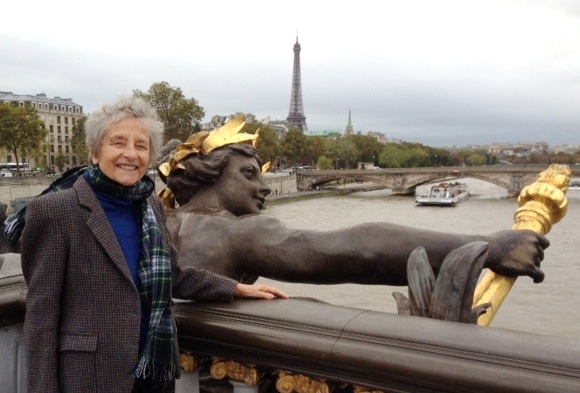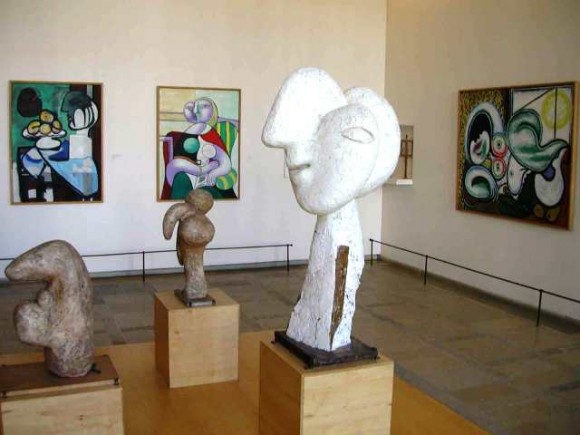
After five years of over-budget restoration, the Picasso museum in Paris reopened on Oct. 25. It was worth the wait — the new museum is spectacular.
I decided – like the rest of Paris, it seemed – to go to the opening. The logistics to handle the thousands of visitors passing through the magnificent courtyard of the XVII century Hotel Salé (thus nicknamed because the owner was a salt tax collector) in the Marais was the best I have ever seen in France.
The renovation has doubled the exhibition space. The museum gives a feeling of openness thanks to the series of rooms opening onto the garden; wide thresholds and corridors facilitate the flow of visitors. The classical architecture – grand stairs, loggia with arched windows and baroque haut-reliefs – coexist with modern minimalism.
The walls are stark white, allowing the creations of Picasso to literally explode. The lighting of weathered bronze and white resin is imaginative, but discreet. The upper level, which houses the private collection of the artist, was carved out from the original attic. The enormous wooden beams constitute a stunning setting for Cezanne, Matisse, “Le Douanier” Rousseau (a nickname given to Rousseau related to his occupation as a toll collector), or artifacts from the South Pacific. The exhibit spans the long life (1881-1973) of the artist.
At an early age in Malaga and la Corogne, Pablo Picasso showed his precocious talent. His supportive father — an art teacher — acknowledging the genius of his son, put down his paint brushes in 1895 and never painted again. In the first room of the museum, the portrait of “L’homme à la casquette” reveals the virtuosity of the 14-year old.

A self portrait, 1901, showing a middle-aged man (although Picasso himself is only 20) belongs to his “Blue Period.” A gaunt, almost emaciated acrobat (1905) with elongated hands and sad eyes is part of the circus world which fascinated Picasso. In 1906, he begins working on the Demoiselles d’Avignon. Gertrude Stein, foresaw the importance of what was to be one the major works of the 20th century and bought most of the preparatory sketches of the unknown young artist. The painting hangs today at MoMA in New York City.
A voyage to Italy in the early 1920s inspired Picasso to return to the classicism of ancient Rome. In La Course, painted 1922 in surprisingly small dimensions, two gargantuan women run on the beach, their heads touching the clouds.
Women – whether wives or mistresses – are his sources of inspiration: Fernande, Olga, Dora Maar, Marie Therese, Françoise, Jacqueline – each of them represents a new start. Picasso reinvents himself continuously and keeps experimenting with new techniques and media.
There is a recurrent theme of violence in his depictions of bullfights, wars and erotic scenes. He deconstructs his models and reassembles them in a shamble of distorted strokes which have become his trademark. Les Amoureux, 1918, is the most irreverent and humorous example.
Picasso’s sculptures – made of crude recycled material and always full of humor – are interspersed with the paintings, which gives the visit a lighter angle. In September 2015, an exhibit on “Picasso the sculptor” will take place at MoMA.

About the author: Nicole Prévost Logan divides her time between Essex and Paris, spending summers in the former and winters in the latter. She writes a regular column for us from her Paris home where her topics will include politics, economy, social unrest — mostly in France — but also in other European countries. She also covers a variety of art exhibits and the performing arts in Europe. Logan is the author of ‘Forever on the Road: A Franco-American Family’s Thirty Years in the Foreign Service,’ an autobiography of her life as the wife of an overseas diplomat, who lived in 10 foreign countries on three continents. Her experiences during her foreign service life included being in Lebanon when civil war erupted, excavating a medieval city in Moscow and spending a week under house arrest in Guinea.